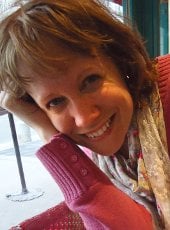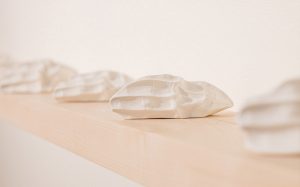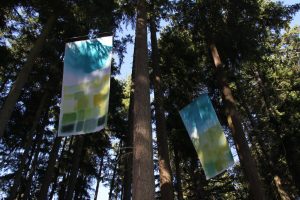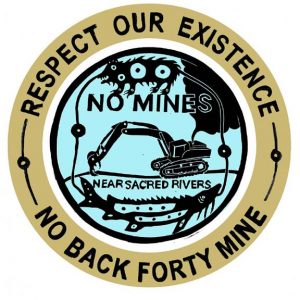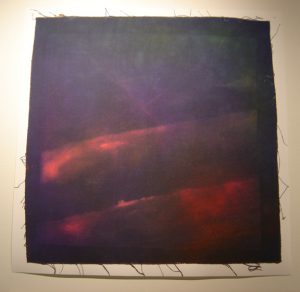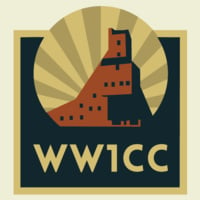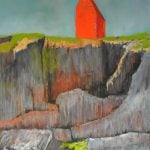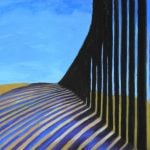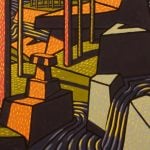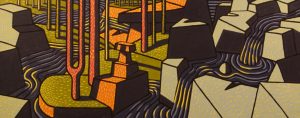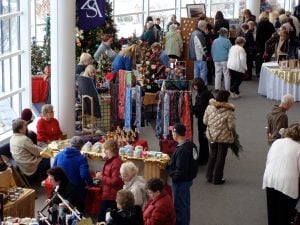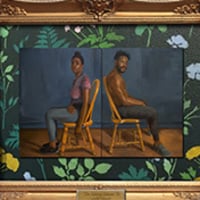 The Department of Visual and Performing Arts and the Rozsa Center invite you to join local and regional creative thinkers for a conversation on art, literature and other ideas.
The Department of Visual and Performing Arts and the Rozsa Center invite you to join local and regional creative thinkers for a conversation on art, literature and other ideas.
This “salon-style conversation” will take place in the Rozsa lobby before Friday’s (April 12) performance of Tech Theatre’s production of “Sunday in the Park with George,” a musical based on the creative life of Georges Seurat.
This event is part of the gallery exhibit, Salon!, bringing together the spring musical and the spring gallery exhibit in a public conversation.
Salon Conversation, with guest speakers, 5:30-6:30pm in the Rozsa Lobby; Gallery Reception, 6:30-7:30pm, Rozsa Gallery A-Space
Edzordzi Agbozo, poetry
Jared Anderson, on arts and collaboration
Linda King Ferguson and Dr. Tomas Co, on painting
Libby Meyer, music
M. Bartley Seigel, poetry
Dana Van Kooy, on plantations, colonialism, art, and literature
With music throughout by Mike Christianson and Superior Wind Symphony students.
